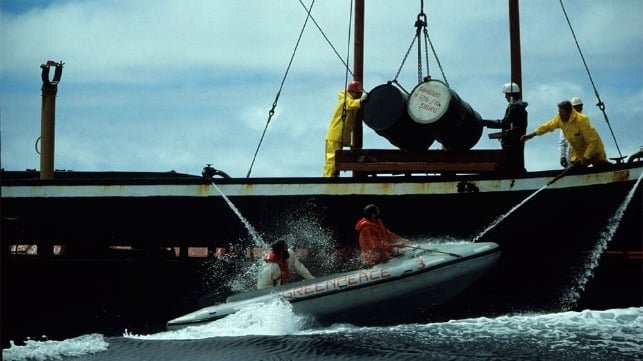Exploring the Depths: Scientists to Study Nuclear Waste Dump Site in North Atlantic Ocean
A team of scientists is gearing up for a groundbreaking mission to explore and study a nuclear waste disposal site located in the North Atlantic Ocean. The site, known as the Abyssal Plains, is home to over 200,000 barrels of radioactive waste that were dumped by European countries between 1946 and 1990.
The Nuclear Ocean Dump Site Survey Monitoring (NODSSUM) project, set to commence in mid-June, aims to map out the underwater area where the drums are located and understand the behavior of radionuclides in the deep ocean. The barrels, sealed in bitumen or cement, contain low to intermediate-level radioactive residues from the development of nuclear power by several European nations.
Led by the French National Center for Scientific Research (CNRS), the team includes scientists from the French Research Institute for Exploitation of the Sea (Ifremer) and the Nuclear Safety and Radiation Protection Authority (ASNR). Their month-long mission will involve using the French Oceanographic Fleet’s underwater vehicle UlyX equipped with high-resolution sonar to identify and photograph the barrels.
During the expedition, the team will analyze the presence of radionuclides in the water and assess their impact on the marine environment. A second mission is in the planning stages, which may involve deploying a remotely operated robot or manned submarine for further studies and sampling near the barrels.
Emphasizing safety and scientific integrity, the team has no plans to bring the barrels to the surface. Instead, their focus is on assessing the barrels’ condition in situ and studying the environmental conditions surrounding them.
The NODSSUM expedition is part of the Prime Radiocean project, dedicated to understanding the risks associated with radioactive waste in marine environments. By contributing to the development of safer and more sustainable nuclear waste management policies, the project aims to protect marine ecosystems and ensure long-term environmental health.

